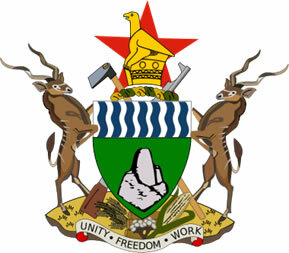Mexico or the United States of Mexico is a country located in North America that limits its northern border with the United States; to the east with the Gulf of Mexico; to the west, with the Pacific Ocean and to the south, with Guatemala and Belize.
The Mexican territory covers an area of 1 958 201 km2, which is home to about 109.6 million people. The country's capital is Mexico City. Mexico's territorial extension is surpassed only by Brazil and Argentina among Latin American countries.
natural aspects
The surface of the territory is largely taken up by the Mexican plateau. The latter is surrounded by two mountains, called Sierra Madre Occidental and Sierra Madre Oriental. More to the center of the territory is the Planalto de Anáhuac, a region where altitudes are above 2,000 meters and it is precisely in this area that the country's capital is established. The highest points in Mexico are located in a place called Popocatepeti, with an altitude of 5,452 meters; and Citlaltépeti, with 5,700 meters. Both formed from volcanic manifestations common in the region.
The number of rivers present throughout the Mexican territory is reduced, as a result of the characteristic of the relief, in the case of the plateau, in addition to the fact that a large part of the country has an arid climate and semi-arid. Among the existing rivers, the main one is undoubtedly the Rio Bravo, which flows into the Gulf of Mexico in the form of a large delta.
The country encompasses a diversity of vegetative formation, which varies according to geographic location, type of relief and altitude. The geographic location interferes with climatic formations, for this reason in the center-south of the country the climate is tropical, since this area is in the intertropical zone of the Earth, the climatic band that receives a greater amount of light solar.
The relief is decisive in the emergence of deserts such as Chihuahua, located in the north of the territory. This is because the mountainous complexes prevent air masses from reaching the interior of the territory. The plant formations that stand out the most are the steppes, xerophilic shrubs, savannas and tropical forests.
Do not stop now... There's more after the advertising ;)
By Eduardo de Freitas
Graduated in Geography
Brazil School Team
Countries of the world - geography - Brazil School

